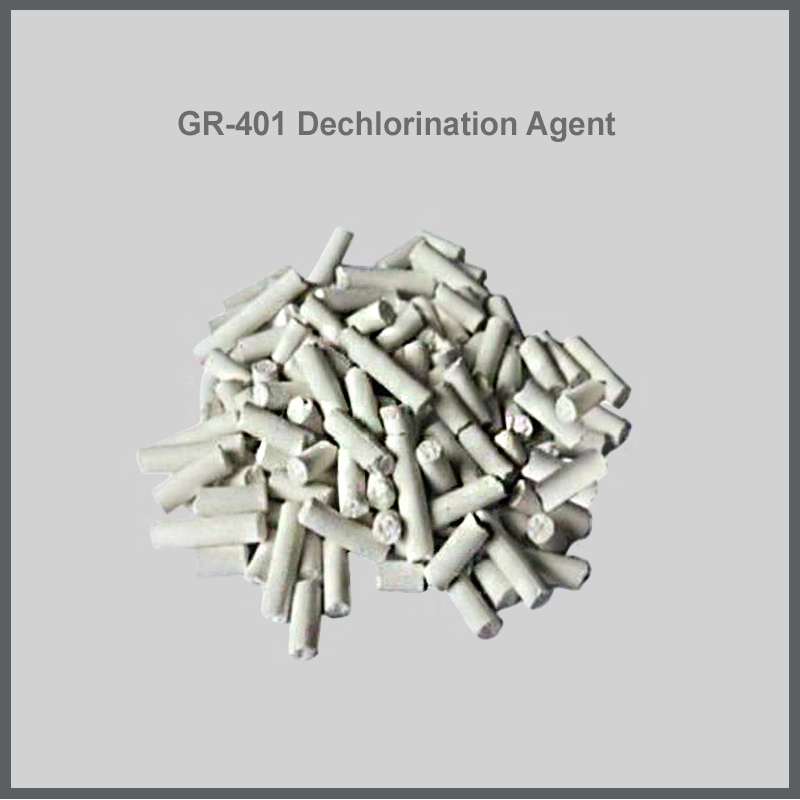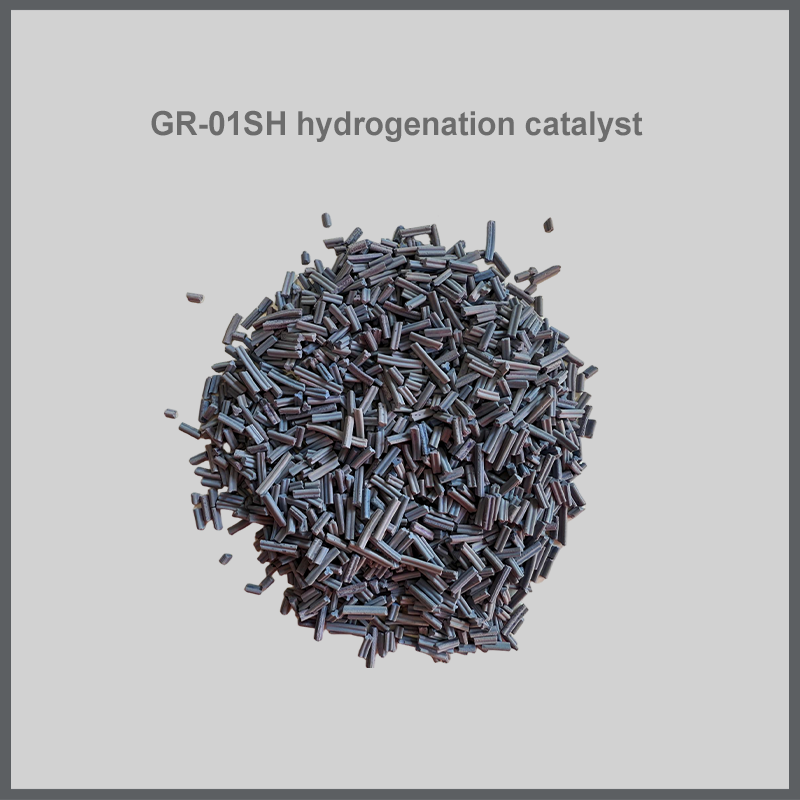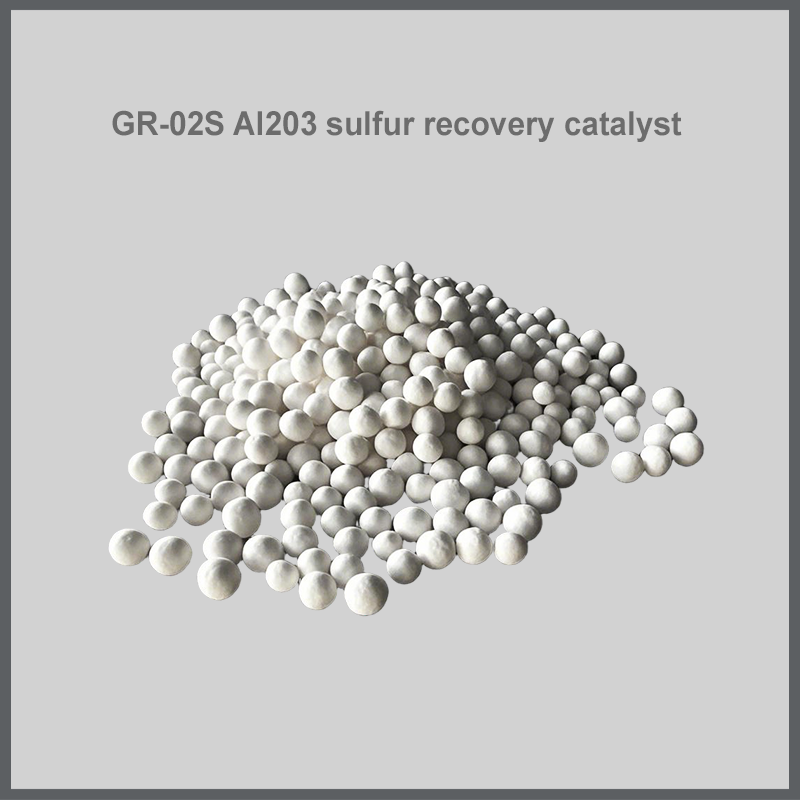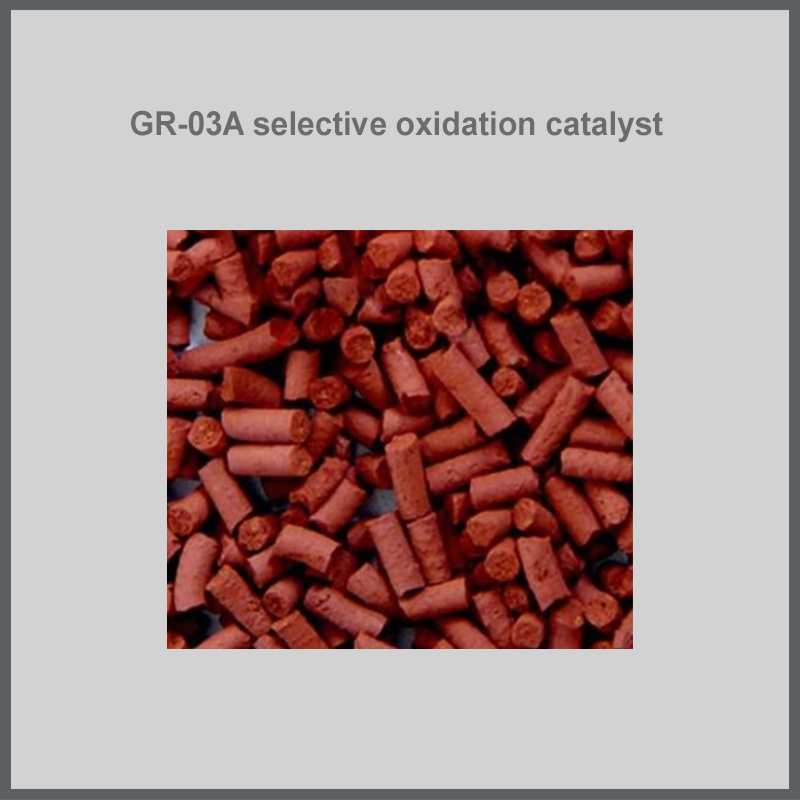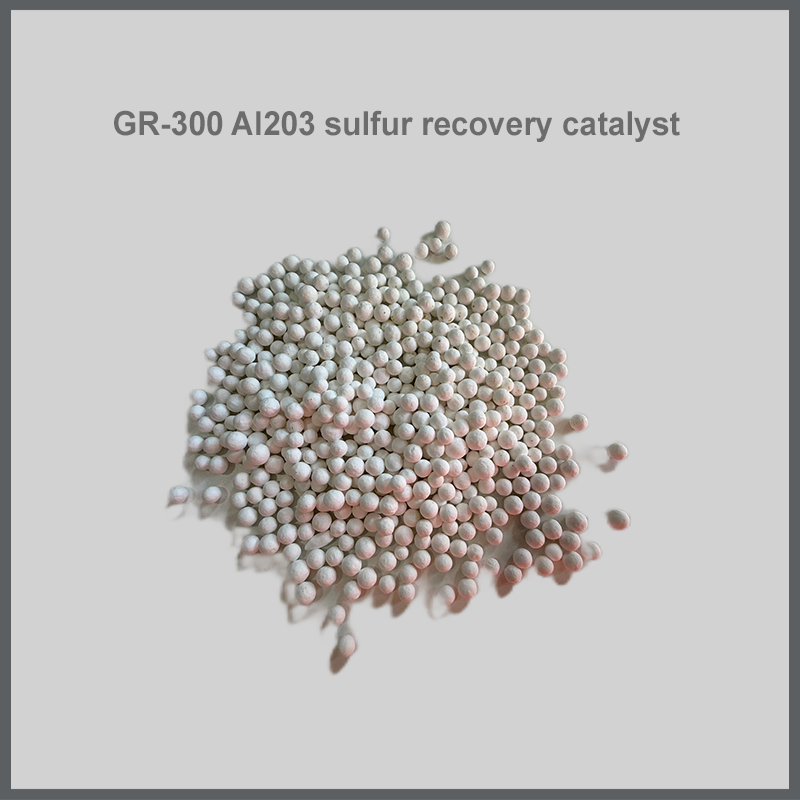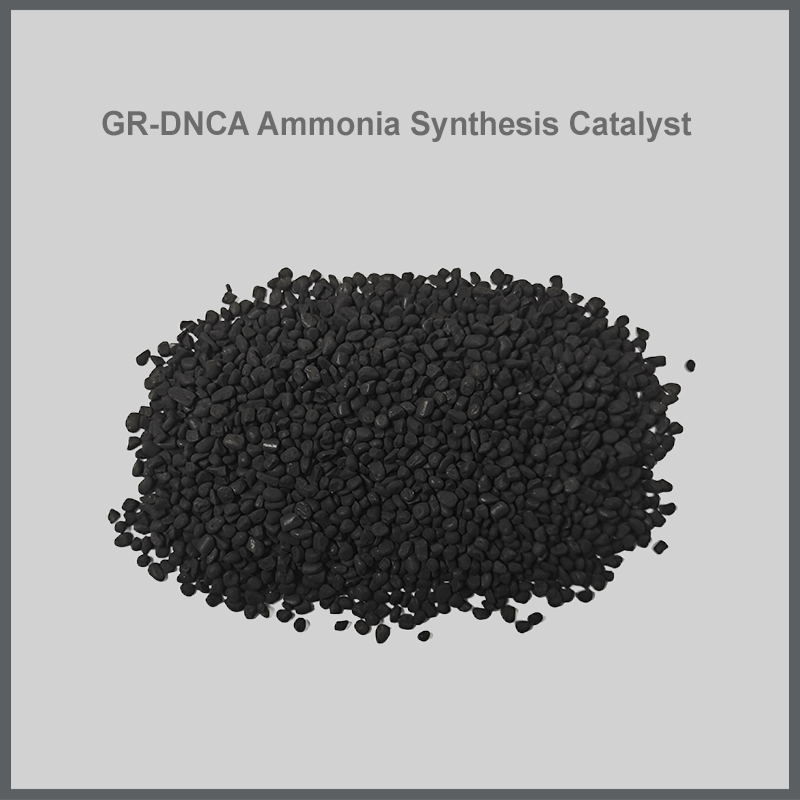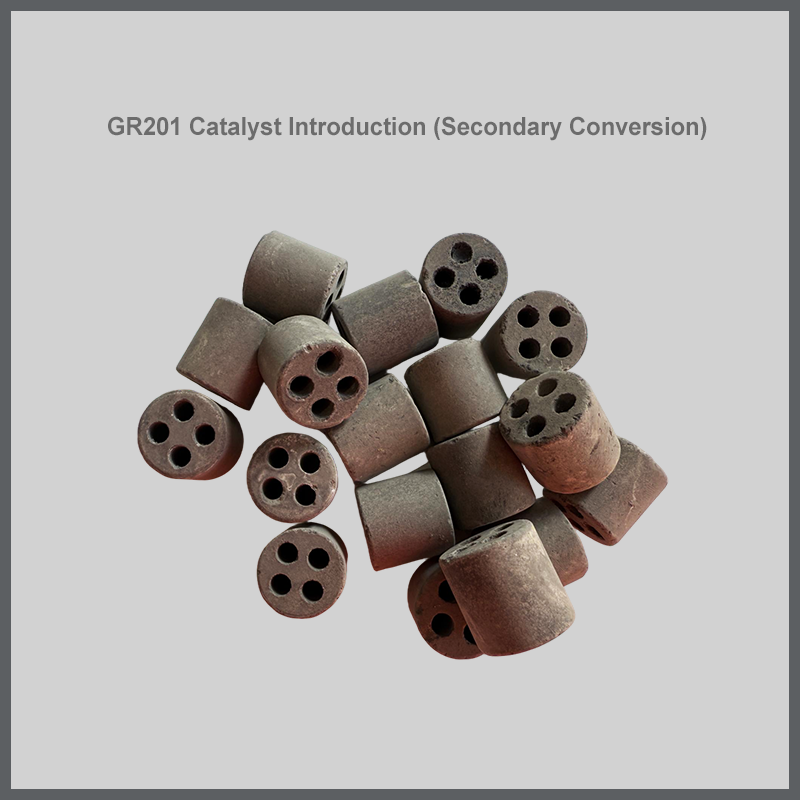products
GR-401 Dechlorinating Agent

◼PRODUCT DESCRIPTION
GR-401 dechlorinating agent is suitable for removing hydrogen chloride from raw gas such as reforming hydrogen, synthesis gas and gaseous hydrocarbons in refineries. It is an excellent purifier for anti-poisoning and anti-corrosion in fertilizer and petrochemical industries.
◼Core functions and importance
The primary function of a dechlorinator is to efficiently and selectively remove chlorides from raw materials through chemical adsorption, thereby achieving purification. Its importance lies in:
Protecting downstream catalysts: Chlorine is a poison to many high-efficiency catalysts (such as those used in methanol synthesis, ammonia synthesis, Fischer-Tropsch synthesis, and hydrogenation processes). Even trace amounts of chlorine can permanently deactivate (poison) catalysts, resulting in significant economic losses. Dechlorinators are the first line of defense in protecting these expensive catalysts.
Preventing equipment corrosion: Chlorides (especially when reacting with water to form hydrochloric acid) are extremely corrosive to equipment such as pipelines, reactors, and heat exchangers, shortening equipment life and even causing safety incidents.
Improving product quality: Certain product specifications have strict limits on chlorine content. The dechlorination process ensures that the final product (such as polymer-grade olefins) meets these standards.
Environmental requirements: Reducing the harmful chlorine content in process exhaust gases to meet environmental emission standards.
◼Package packaging style





Sulfur catalyst series


Our core advantages
Efficient catalysis, green future

High Activity and Selectivity
The catalyst boasts higher activity and conversion rates, enabling efficient reactions with lower energy consumption.
It improves methanol yield, reduces byproducts, and enhances raw material utilization.
Excellent stability and lifespan
Longer service life and strong resistance to poisoning.
Reduced downtime and replacement frequency reduces customer maintenance costs.
Compatible with a variety of feedstocks and processes
It can be widely used with various syngas feedstocks, including coal-to-gas, natural gas, and shale gas.
It is highly compatible with various methanol synthesis processes and offers great flexibility.
Energy and Carbon Efficiency Advantages
Achieve higher energy efficiency and carbon utilization efficiency under the same conditions.
Help customers reduce energy consumption and carbon emissions, aligning with the direction of green and low-carbon development.
Technical and Service Support
Provide full-cycle services from process optimization and catalyst loading to operation and maintenance.
Through technical support and rapid response, we ensure stable and efficient operation of our customers' plants.

◼Why is it so important to use GR-401 dechlorination agent in oil refining and chemical plants?
Its importance lies in three key areas:
Protecting expensive catalysts: Chlorine is a potent poison to catalysts used in many downstream processes (such as ammonia synthesis, methanol synthesis, and hydrogenation). Even trace amounts can permanently deactivate them. Dechlorinators are the first line of defense to protect these catalysts and avoid significant economic losses.
Preventing equipment corrosion: Hydrogen chloride reacts with water to form hydrochloric acid, which can severely corrode pipes, reactors, heat exchangers, and other equipment, shortening equipment life and posing safety risks. Removing hydrogen chloride effectively mitigates corrosion and extends equipment operating cycles.
Meeting quality and environmental requirements: Ensure product purity (for example, in the production of polymer-grade olefins) and reduce the chlorine content in process off-gases to meet product quality standards and environmental emission regulations.

◼What are the important operating precautions when using GR-401 dechlorinator?
Key considerations include:
Waterproof and moisture-proof: The dechlorination agent and its carrier are highly absorbent and should be stored in a sealed container. Water ingress during loading, unloading, and operation should be strictly prevented to prevent compromising strength and effectiveness.
Avoid airflow impact: Loading should be evenly distributed to prevent uneven bed tightness. When introducing process gas, increase the pressure slowly and introduce the gas smoothly to avoid rapid airflow that could impact the bed and cause dust carryover or channeling.
Control operating conditions: Operate within the manufacturer's recommended temperature, pressure, and air velocity ranges to ensure optimal dechlorination efficiency and agent consumption.
Safety precautions: Waste agents contain metal chlorides. Personal protective equipment must be employed when handling them, and disposal must be carried out in accordance with relevant environmental regulations.

Request a Quote
Related Recommendations

